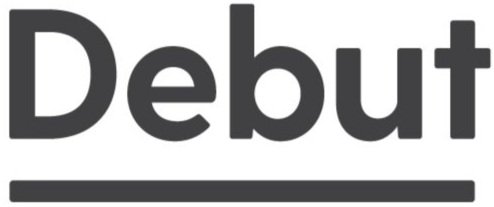Spoiled for Choice
Decision Making
Business decisions are hard to get perfectly, but there are still better and worse ways to go about making them. In this blog series, we’re exploring the many ways we can be led astray when making business decisions. Read on for practical ways to overcome mental short-cuts and make rational choices with desired behavioral outcomes.
What are my options?
When it comes to making decisions, we like having options. Selecting one choice over another helps us feel like were in control.
Logically speaking, the more choice, the easier it should be to make a decision.
Unfortunately, it’s not that simple.
The paradox of choice.
The paradox of choice¹ is the idea that when faced with multiple options that are all more or less equal in value, you might freeze and end up choosing nothing.
There are too many ways to use your leftover budget.
There are too many candidates interviewing for the position.
There are too many opportunities to grow the business.
With too many options, we fall into the zone of overchoice² and can have a hard time with subsequent decision-making.
Too many options can get in the way.
As the amount of choice increases beyond the right amount, the likelihood of making a decision decreases. For example, a product line that has too many flavor options might actually be making it harder for their customers to choose any one flavor. Or the company’s website with too many drop-down options and pages to navigate will deter visitors from continuing their journey.
In addition, option overload can leave us less satisfied with whatever we do end up choosing (if a choice is made at all), and more regretful about the unchosen options. Consider the number of proposals you accept after putting out an RFP—if they all look great, it might be hard to pick one without buyer’s regret.
Avoiding the pitfalls of the paradox of choice.
Here are some things you can do to reign in the amount of choice and help yourself or your team make better decisions:
Reduce choices that are redundant (e.g., group similar options into categories).
Organize choices so that they can be compared easily.
Let people know which options are the most popular.
Keep in mind: the “right” amount of choice is different for everyone.
Depending on the context, the right amount of choice can differ. For example, if you’re just browsing for an event space, more choice doesn’t make much of a difference. But if you’re seriously looking to sign a deal, too many options can be overwhelming.
Level of expertise³ is also important to consider. A seasoned sales professional is likely able to cut through the noise and make the right choice about a new CRM. But if someone is brand new to sales and seeing all the CRM options for the first time, it might be harder to make a recommendation.
Moral of the story.
Satisfying decisions are more likely to be made when choice options are sensibly limited. Ever wonder why Steve Jobs wore the same black turtleneck every day? He knew something about the perils of the paradox of choice.
Contact us, we’ll help you get this right for your organization.
Stay tuned for next time where we’ll explore the anchoring bias and the availability heuristic.
References:
Schwartz, B., & Ward, A. (2004). Doing better but feeling worse: The paradox of choice. Positive psychology in practice, 86-104.
Tversky, A. (1964). On the optimal number of alternatives at a choice point. Journal of Mathematical Psychology, 1(2), 386-391.
Kida, T., Moreno, K. K., & Smith, J. F. (2010). Investment decision making: do experienced decision makers fall prey to the paradox of choice?. The journal of behavioral finance, 11(1), 21-30.


